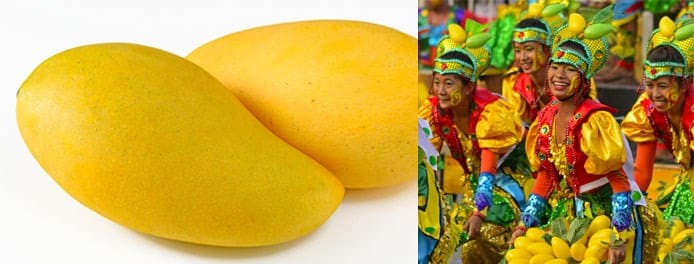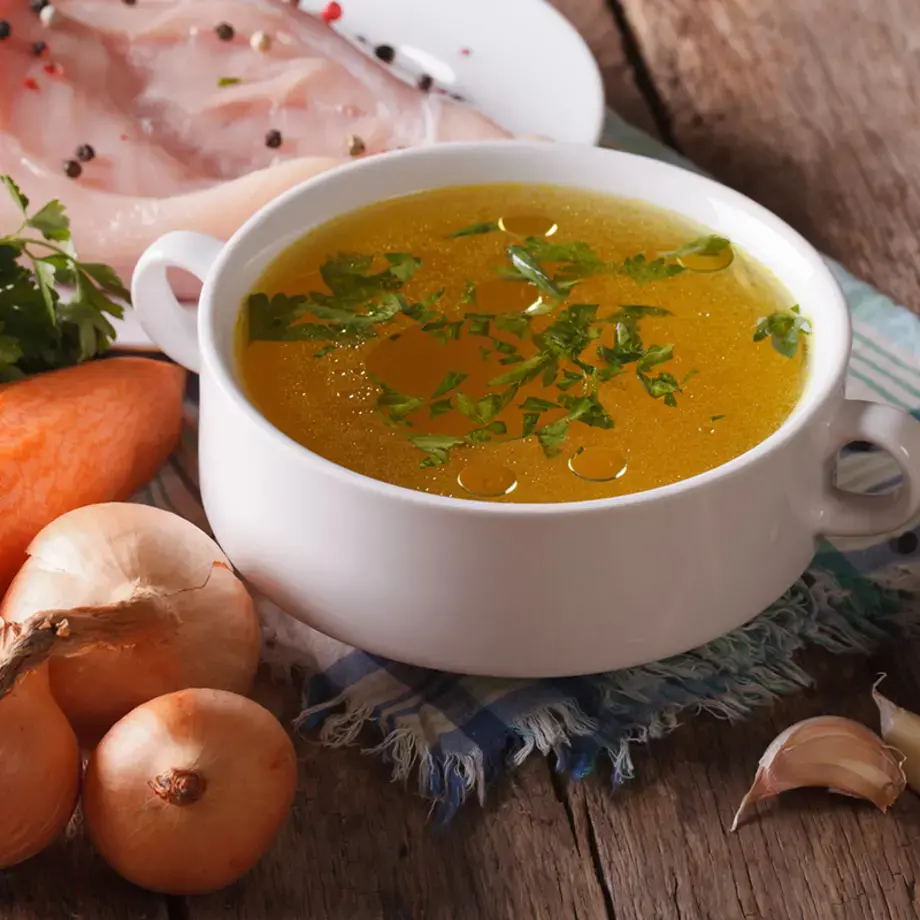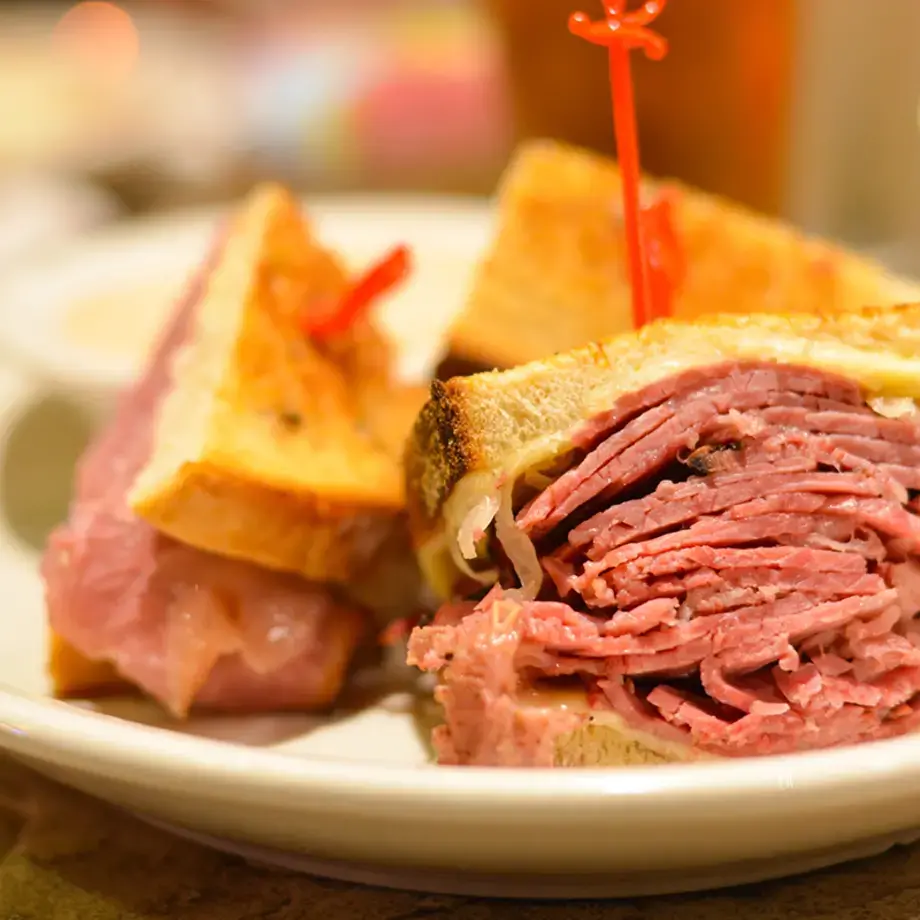There is much debate about the world’s best mangos - and given the fruit’s esteemed standing in the fruit world - much to debate about. Are the world’s best mangos the Sindhri, the curvaceous national fruit of Pakistan that is grown in Sindh, the dry, southern edge of Pakistan, that due to its extreme sweetness are also known as Honey Mangos? Or is it the sunflower yellow Nam Dok Mai, the fibreless, juicy number that comes galloping into season in Thailand in June and July? Or is it the Badami mango, grown throughout southern India, most especially in tropical Kerala, and best eaten straight from the fridge?
For Filipinos, it’s the petit but lushly vegetated island of Guimaras that takes first prize for producing the world’s best mango. Others agree: revered not just in the Philippines, a nation with a bounty of delicious tropical fruit, Guimaras mangos are reportedly served at both the White House and Buckingham Palace too.
The Mango Culture on Guimaras
A mere dot off the coast of Iloilo on Panay in the Visayas, the people of Guimaras are pretty serious about their mangos. It’s forbidden to bring other fruits here, most especially mangos, in case a renegade bug could spread and destroy the island’s plantations, tallied at 50,000 according to the tourist brochure that a friendly officer pushes my way as I descend from the rickety ferry that shuttles the half hour journey between Iloilo and Guimeras. The ferry is the only way to get to Guimaras, which has 160,000 inhabitants, most of them involved in the mango trade. Several of them share my ferry, alongside a few dozen chickens, two fatted pigs and seven motorbikes.
I pick up a three wheeled trike driven by a plump but cheery man in a man sporting a mango t-shirt from the ferry terminal and as we zoom along the forest road, intermittently dodging potholes, sometimes hitting them, I attempt to read some more from the tourist brochure.








